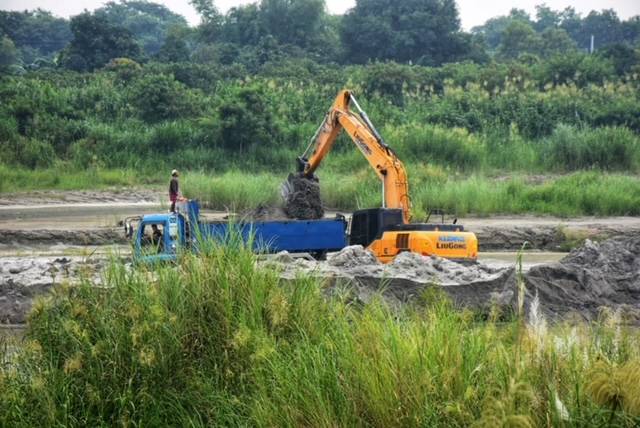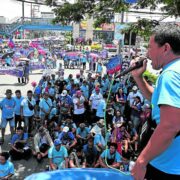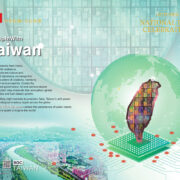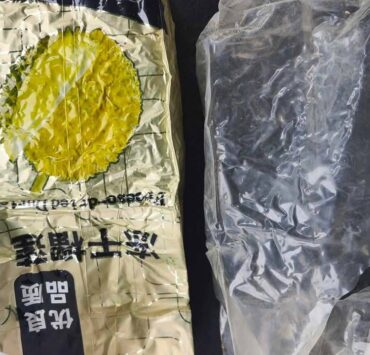Pampanga earned P4.5B from quarried Mt. Pinatubo sand, stones

CITY OF SAN FERNANDO—On the 34th anniversary of Mt. Pinatubo’s June 15, 1991, eruption, the provincial government of Pampanga has collected P4.5 billion from the taxes and fees imposed on the quarrying of sand and stones in the last six years since July 2019.
In a statement on Saturday, outgoing Gov. Dennis Pineda said the gross collection until May 2025 amounted to P4.379 billion while licenses and fees reached P84.110 million for a total of P4.463 billion.
Reports from the Provincial Treasurer’s Office (PTO) showed the collection under Pineda’s terms was the highest on record, surpassing several times the P611.1 million generated by former Gov. Eddie Panlilio from July 2007 to June 2010.
Pineda said he oversaw the quarry regulatory unit “Kalam,” headed by former Bacolor town Mayor Romeo Dungca, enforcing also the Anti-Overloading Law or Republic Act No. 8794.
According to the PTO, the net provincial share from the P150 sand fee and P200 administrative charge totaled P3.2 billion based on the Local Government Code of 1991. The capitol gave 40 and 30 percent of the sand fee to barangays and towns, respectively, where the sand and gravel were quarried.
“We turned the disaster into a true blessing,” Pineda said, referring to the strongest blast and the yearly flow of volcanic debris until 1997.
Life-saving income
The PTO report said Kalam generated P259.2 million in the last six months of 2019, P556 million in 2020, P715.7 million in 2021, P672.2 million in 2022, P960.18 million in 2023, P872.2 million in 2024 and P343.5 million from January to May 2025.
Capitol also collects a weighing scale fee of P30 on top of the sand and administrative fees. Loads with 12 cubic meters (cu. m.) or less require one receipt for P430 while loads with more than 12 cu. m. and up to 18 cu. m. require two receipts, Dungca said.
Pineda said the quarry income is remitted to the treasury, using it for life-saving measures during the COVID-19 pandemic and later, to fund education assistance and medical infrastructure.
Located at the boundaries of the provinces of Pampanga, Tarlac and Zambales, the volcano and its reawakening affected 2.1 million people and displaced 1.3 million others. It cost P2.5 billion to build and operate evacuation camps in 1991 and 1992, a report from the National Economic and Development Authority showed.
Nowadays, heavy rains still wash down the volcanic debris that silted waterways, causing severe flooding downstream of four rivers, draining on the Pampanga side of the volcano.
Mt. Pinatubo straddles the Zambales mountain ranges. It is part of the Luzon volcanic arc.
Eruption’s toll
In 1991, signs of unrest, which began on March 15, preceded small explosions that occurred on April 2. It was followed by more ash emissions. The first major explosive eruption began at 8:51 a.m. on June 12 with ash and a steam cloud rising 19 kilometers.
On the ninth week, the climactic eruptions began on June 15 at 1:42 p.m., lasting for nine hours. The cloud of ash and steam expanded to 400 km in diameter.
Typhoon “Diding” (international name: Yunya) turned into a tropical storm, its wind spreading the fine ash to as far as Indochina, more than 1,200 km away. The rains triggered the first waves of lahar.
The June 15 eruptions left 5.5 cubic kilometers of deposits along the slopes and injected 17 million tons of sulfur into the atmosphere, warming the earth for years.
P10.1 billion worth of crops, infrastructures and personal property were damaged in 1991 and P1.9 billion in 1992. P4.2 billion was spent in 1991 to 1992 for the dredging of rivers and the construction of dikes and dams to control lahar.
It buried some 18,000 hectares of forest lands under 25 centimeters of ash. These were thickest in Botolan and San Marcelino, Zambales, Porac and Floridablanca in Pampanga and Bamban and Capas in Tarlac.
About 43,800 ha of natural forest cover and old plantations were damaged. Some 96,200 has of agricultural lands were affected by ashfall.
About 2,000 people had died at the height of the disaster, in evacuation centers and during lahar flows from 1991 to 1997.

















